Nestled in the heart of the Pacific, Hawaii’s Kona Coast is not only a paradise for nature enthusiasts but also a cultural hotspot that has grown over centuries. Encompassing the western side of the Big Island, Kona offers visitors a unique blend of diverse cultures, each with a distinct heritage, customs, and traditions. This post will take you on a journey exploring the cultural gems of the Kona Coast. From historical contexts to the influence of various immigrants, let’s delve into the cultural treasures that make Kona one of the most vibrant destinations in Hawaii.
The Historical Context Of The Kona Coast
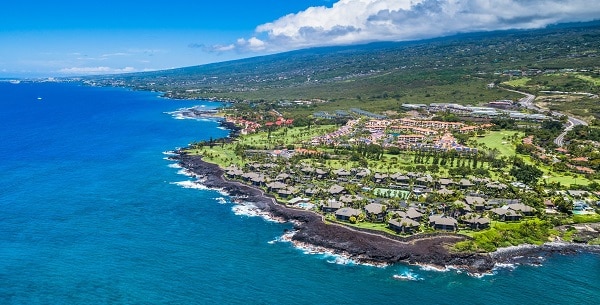
The cultural richness of the Kona Coast has deep roots, grounded in the island’s rich history. Native Hawaiians, the original inhabitants of the island, were a Polynesian people with an advanced society, rich mythology, and strong connection to the land and sea. Their traditions, preserved over centuries, form the bedrock of Kona’s cultural heritage. The arrival of Captain James Cook in the 18th century marked a turning point, as this initiated a period of significant change and interaction with cultures from around the world.
Over the centuries, waves of immigrants from various parts of the globe have also left their mark on Kona. Japanese, Portuguese, Chinese, and Filipinos came to work on sugar plantations in the 19th and early 20th centuries, bringing with them their unique traditions, languages, and cuisines. Each of these immigrant communities has influenced Kona’s cultural landscape, weaving a rich tapestry of diverse traditions that thrive alongside the indigenous Hawaiian culture.
The Vibrant Polynesian Culture
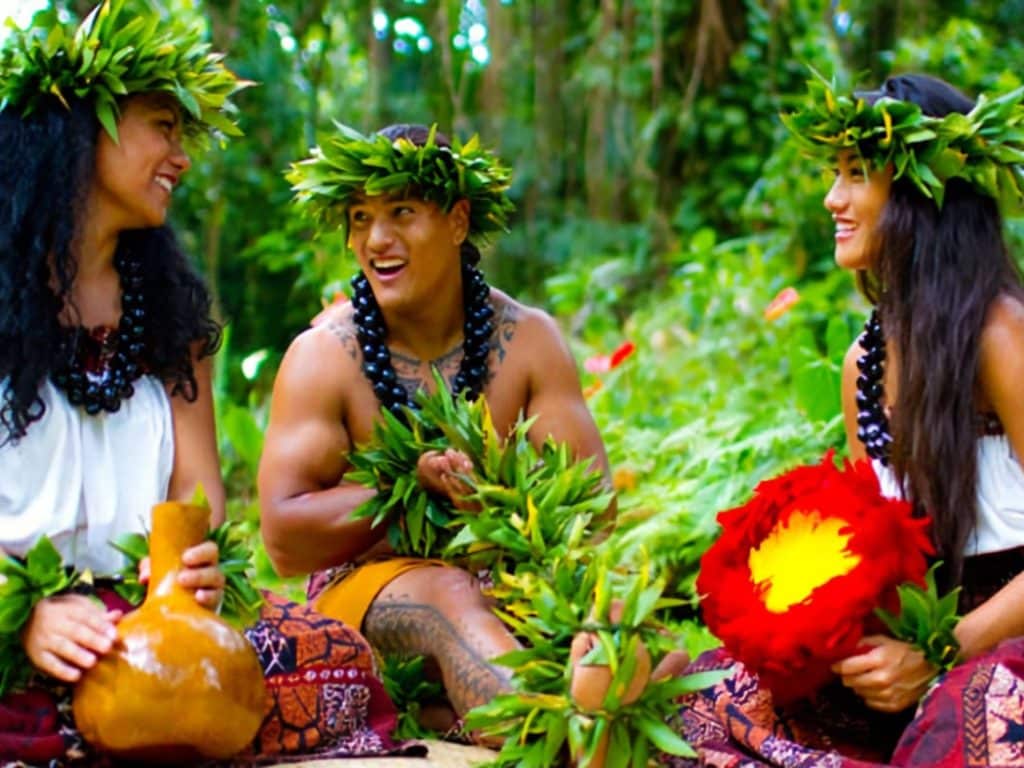
Polynesian culture forms the foundation of the cultural milieu of the Kona Coast. Rooted in respect for nature and community, traditional Hawaiian customs and practices continue to thrive and influence life on the island. The ‘ohana (family) remains central to Hawaiian society, encompassing not just immediate relatives but an extended network of kinship. This sense of belonging and shared responsibility is a strong thread that runs through Hawaiian culture, providing a sense of unity and aloha (love) amongst the community.
At the heart of Polynesian culture in Kona is the Hula, a traditional dance that tells stories through movement. The fluid hand movements, rhythmic sway of hips, and evocative chants encapsulate the spirit of the islands, conveying tales of gods, legends, and historical events. Similarly, the Luau feast, characterized by traditional foods such as Kalua pig and poi, is a communal celebration that encapsulates the joyous spirit of Hawaiian culture. These events are not mere tourist attractions but vital aspects of Hawaiian identity that continue to be significant in contemporary Kona.
The Impact Of Japanese Influence

In the late 19th and early 20th century, large numbers of Japanese immigrants came to Hawaii, seeking work opportunities on the sugar plantations. They not only brought their labor but also their rich cultural traditions that significantly shaped the cultural landscape of the Kona Coast. Japanese influence can be seen in architecture, festivals, and cuisine, with sushi and saimin (noodle soup) becoming local favorites.
In Kona today, traditional Japanese events such as the Bon Dance are celebrated with gusto. This festival, held to honor the spirits of ancestors, involves community gatherings, folk dancing, and traditional music. Similarly, the practice of Japanese tea ceremonies continues, reflecting the Zen Buddhist philosophy of mindfulness and respect. These Japanese traditions have been preserved and adapted by the local community, providing a unique blend of cultural experiences that exemplify the multicultural heritage of the Kona Coast.
Portuguese Heritage In Kona
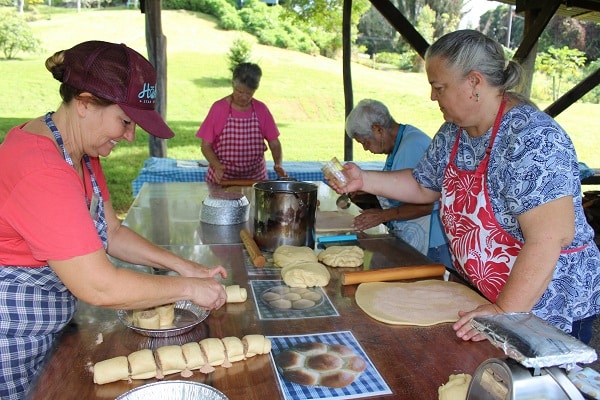
Like the Japanese, the Portuguese left an indelible mark on Kona’s cultural landscape when they arrived in the late 19th century to work on the sugar plantations. Their impact can be seen in various aspects of local life, from food to music, enriching Kona’s cultural diversity. One of the most significant contributions from the Portuguese is the ukulele, a small stringed instrument now synonymous with Hawaiian music.
Another delicious legacy of Portuguese influence is the sweet bread, locally known as Pão Doce. This soft, sweet, and slightly buttery bread is a favorite among locals and visitors alike. Portuguese cuisine also introduced malasadas, a type of fried doughnut without a hole, typically coated with granulated sugar. These cultural contributions have since been embraced by the local population, becoming integral components of Kona’s vibrant cultural fabric.
The Blend Of Chinese And Filipino Cultures
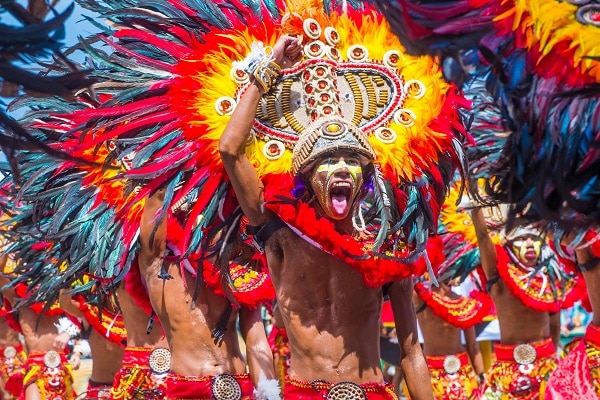
China and the Philippines, two of Asia’s oldest civilizations, have significantly contributed to the cultural medley of the Kona Coast. Chinese immigrants, initially attracted by the prospect of gold and later by work opportunities on plantations, brought their traditional celebrations, such as Chinese New Year and Moon Festival, which have been woven into the local cultural calendar. Their influence on the local food scene is also palpable, with dishes like manapua (steamed buns) and char siu (barbecue pork) gaining popularity.
Similarly, the Filipino community, which started arriving in the early 20th century, has enriched the Kona Coast with its vibrant culture. Traditional Filipino celebrations, like the Flores de Mayo, have been adopted by the local community. Moreover, Filipino cuisine, characterized by its bold flavors and hearty dishes like adobo and pancit, has found a place in the diverse culinary landscape of Kona. This blend of Chinese and Filipino cultures with the local Hawaiian traditions demonstrates the multicultural heritage of Kona.
Unique Arts And Crafts Of The Kona Coast

Artistic expression is a vital part of Kona’s cultural richness, with unique arts and crafts that reflect its diverse influences. Traditional Hawaiian crafts, such as lei-making, where flowers and leaves are strung together to create beautiful garlands, and lauhala weaving, which uses leaves of the hala tree to create mats, baskets, and hats, are key components of Kona’s artistic identity. These crafts embody the Hawaiian philosophy of living in harmony with nature.
Modern adaptations of traditional crafts are also prevalent in Kona. For instance, local artisans create contemporary versions of traditional Hawaiian quilts characterized by bold, geometric designs inspired by natural motifs. In addition, woodcarvings, often depicting native flora, fauna, and deities, have evolved from functional items to intricate artworks. Whether you’re exploring local markets or dedicated art galleries, these artistic expressions offer a unique insight into Kona’s cultural landscape.
Local Cuisine: A Blend Of Cultures
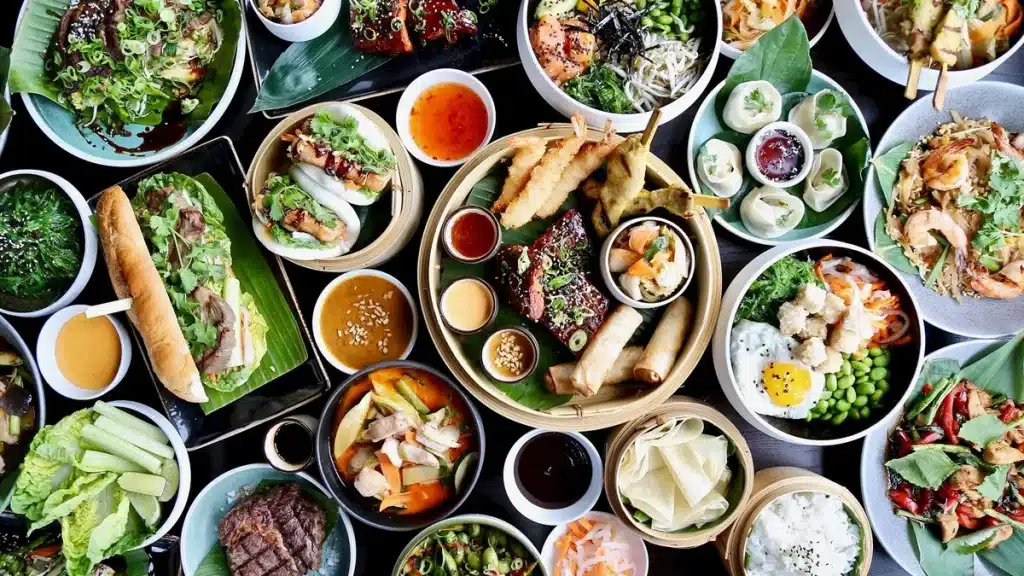
The cuisine of the Kona Coast is a mouth-watering testament to its cultural diversity. It’s here where the traditional Hawaiian fare meets the flavors brought by immigrants from Japan, China, Portugal, and the Philippines, resulting in a fusion cuisine that’s delightfully unique. Traditional Hawaiian dishes, such as poke (raw fish salad) and laulau (pork wrapped in a taro leaf and steamed), form the core of local cuisine.
But it’s the fusion dishes that truly capture the multicultural essence of Kona. Spam musubi, a local snack that combines Japanese sushi with American canned meat, is a perfect example. Similarly, the plate lunch, a combo meal that typically includes meat, rice, and macaroni salad, showcases a blend of Asian and Western influences. This multicultural culinary scene is not just a feast for the palate but also a reflection of Kona’s rich cultural heritage.
Enjoy These Cultural Gems On The Kona Coast!
The Kona Coast is a place of stunning beauty and unique cultural heritage. From its traditional crafts to the vibrant fusion cuisine, this area truly captures the essence of Hawaiian living in harmony with nature. Whether you’re exploring the coast’s natural wonders or sampling local delicacies, there’s something here for everyone to enjoy. The Kona Coast has it all – from ancient Hawaiian history to modern-day multicultural influences – and the result is a destination unlike any other. So if you have the chance make sure you spend some time enjoying these cultural gems on the Kona Coast!
